Description
Calculus: Early Transcendentals, 10th Edition continues to evolve to fulfill the needs of a changing market by providing flexible solutions to teaching and learning needs of all kinds. Calculus: Early Transcendentals, 10th Edition excels in increasing student comprehension and conceptual understanding of the mathematics. The new edition retains the strengths of earlier editions: e.g., Anton’s trademark clarity of exposition; sound mathematics; excellent exercises and examples; and appropriate level, while incorporating more skill and drill problems within WileyPLUS.
The seamless integration of Howard Anton’s Calculus: Early Transcendentals, 10th Edition with WileyPLUS, a research-based, online environment for effective teaching and learning, continues Anton’s vision of building student confidence in mathematics because it takes the guesswork out of studying by providing them with a clear roadmap: what to do, how to do it, and whether they did it right.


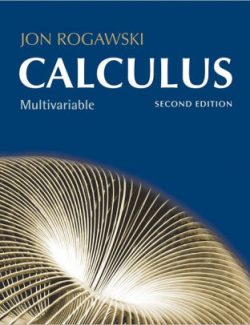

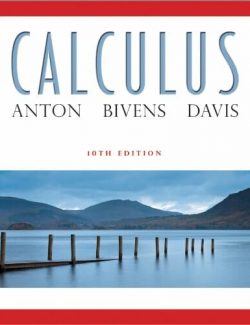

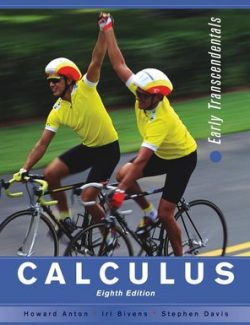
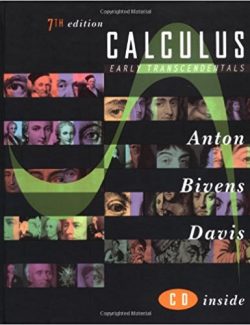

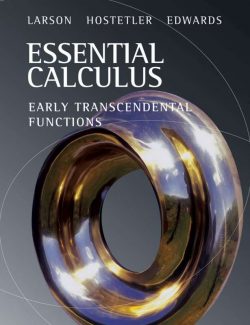


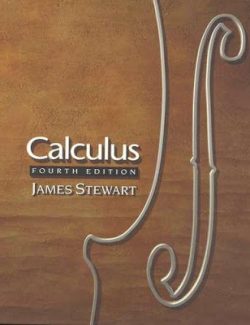
Leave us a comment
No Comments